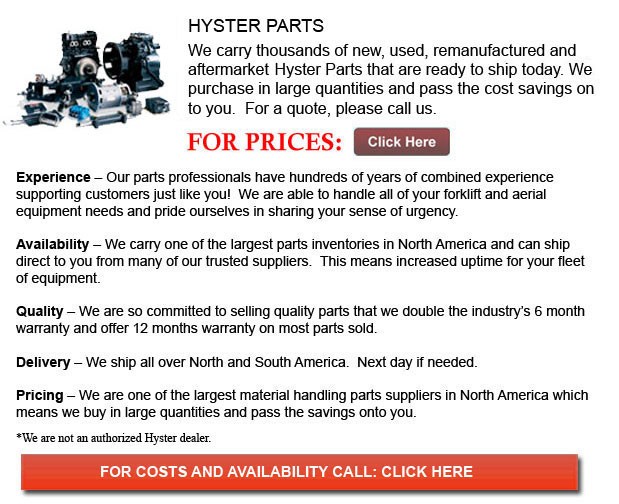
Hyster Forklift Part - As a world leader in forklift trucks, Hyster constantly strives for superiority in product quality and safety. However, it began as a manufacturer of lifting equipment as well as winches. Most of its production was focused in the northwest United States and dealt mostly with the timber and logging industry. A couple years after the first forklift trucks were invented Hyster became synonymous with quality production. Over the preceding 80 years Hyster has continued to expand and increase its product line. The expansion of its products coupled with its desire to stay service oriented has allowed Hyster to mature into the international participant it is nowadays.
Through the three decades between the 1940's and 1960's, Hyster made significant strides on its path to becoming the world leader in the forklift industry it is today. In 1946, Hyster opened a plant in Danville, Illinois that was exclusively committed to mass manufacturing trucks. This allowed Hyster to force its expenses down and, simultaneously, offer a better quality product at industry aggressive rates. In 1952, Hyster began its first foray in to the international production market through opening its first plant in the Netherlands. The Netherlands plant was originally designed to produce two products: Hyster 40" and the Karry Kranes.
Between the late 50's through the 60's, Hyster continued to expand into new markets. They started building container handlers in the United states in 1959 to satisfy the ever expanding demand for transportation goods. In 1966, Hyster developed a means for enabling a lift truck to go both forward and backwards using the same pedal. This pedal was referred to as the Monotrol pedal, which revolutionized the industry. Later in the decade Hyster opened a R and D centre in Oregon that was concentrated on enhancing the design and functionality of lift trucks. The centre is still one of the world's top testing facilities in the materials handling industry.
In the 1960's Hyster experienced rapid expansion. Much of the business was shifting in the direction of bulk production. To keep up with the times Hyster was inclined to concentrate on the evolution of these mass markets. Thus, in 1970, the XL design philosophy was born. The XL design philosophy allowed Hyster to provide superior quality at a more affordable price. A further expansion in manufacturing capabilities was necessitated by the need in Europe for Internal Combustion Engine Trucks. To plug this gap, a plant in Craigavon, Ireland was opened in 1980. Through the eighties Hyster continued to concentrate on developing industry leading forklifts. The Hyster brand name was recognized throughout the globe for its commitment towards superiority. This attention to quality brought several suitors for the enterprise. In 1989, a large multinational business based in Ohio called NACCO Industries bought Hyster and began an aggressive expansion strategy. NACCO quickly changed the XL philosophy with a more driver oriented truck that focused on operator comfort, which is identified as the XM generation of forklifts.
The shift in supply change management to a much more just-in-time focused system has meant that Hyster has had to constantly make investments in new-found technologies. Acquisitions and investments were made in the United States, Italy, Netherlands, and a lot of other places all over the world. All of these investments have made Hyster a worldwide leader in the lift truck market. In 2009, Hyster celebrated its eightieth anniversary as an industry leader of materials handling equipment, which comprises more than 300 various styles of lift trucks.
![]() Click to Download the pdf
Click to Download the pdf
Forklift Parts
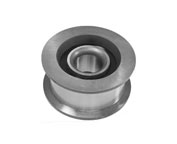
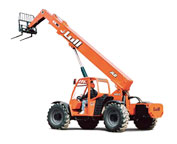
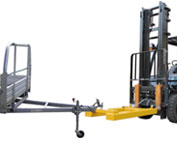
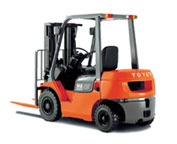
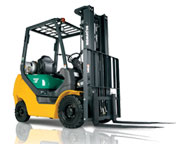
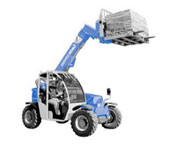

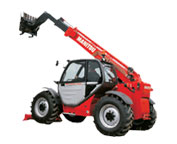
Lift Parts Express
TOLL FREE: 1-888-695-7994
forkliftpartsmaryland.com
Email Us
About Us


